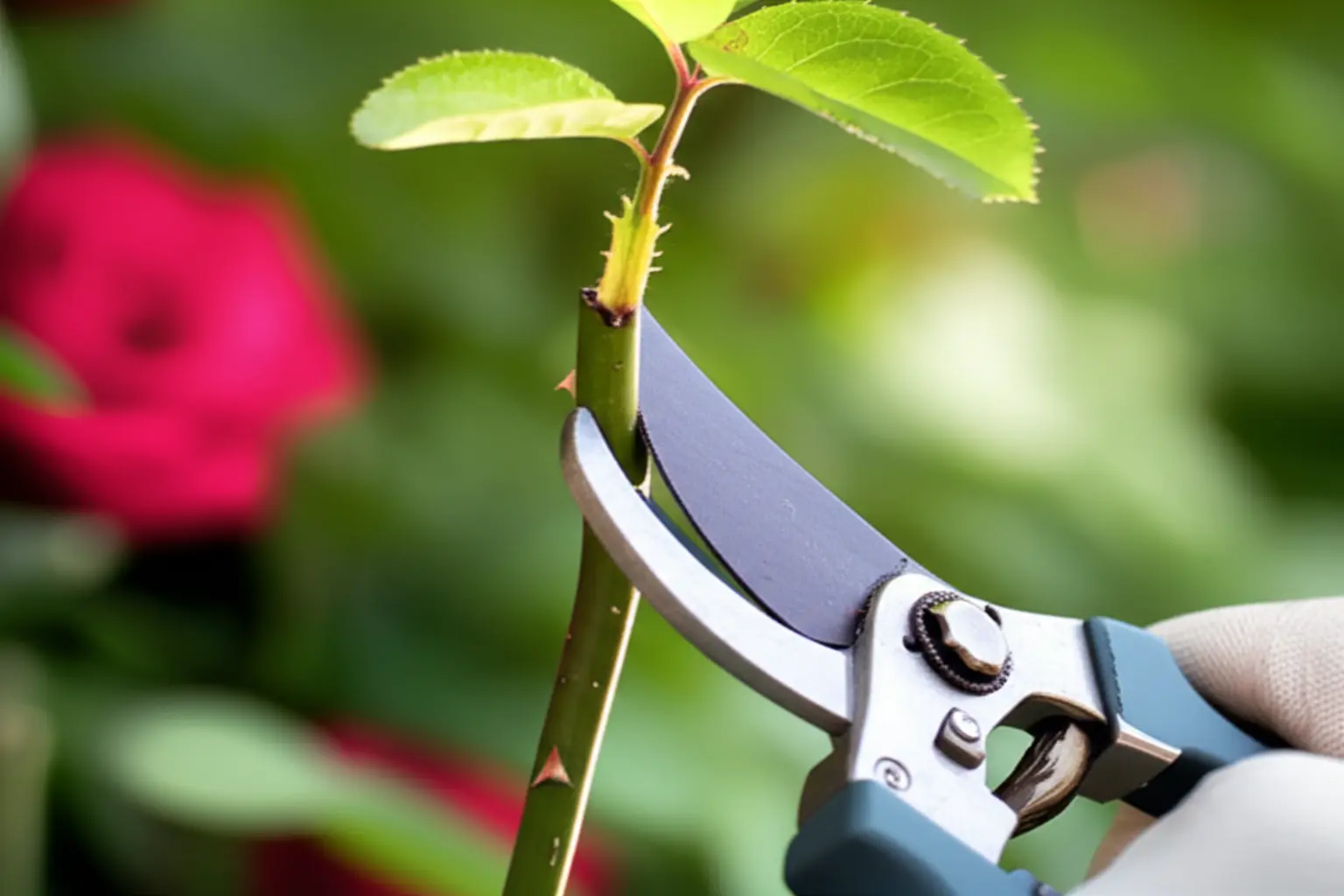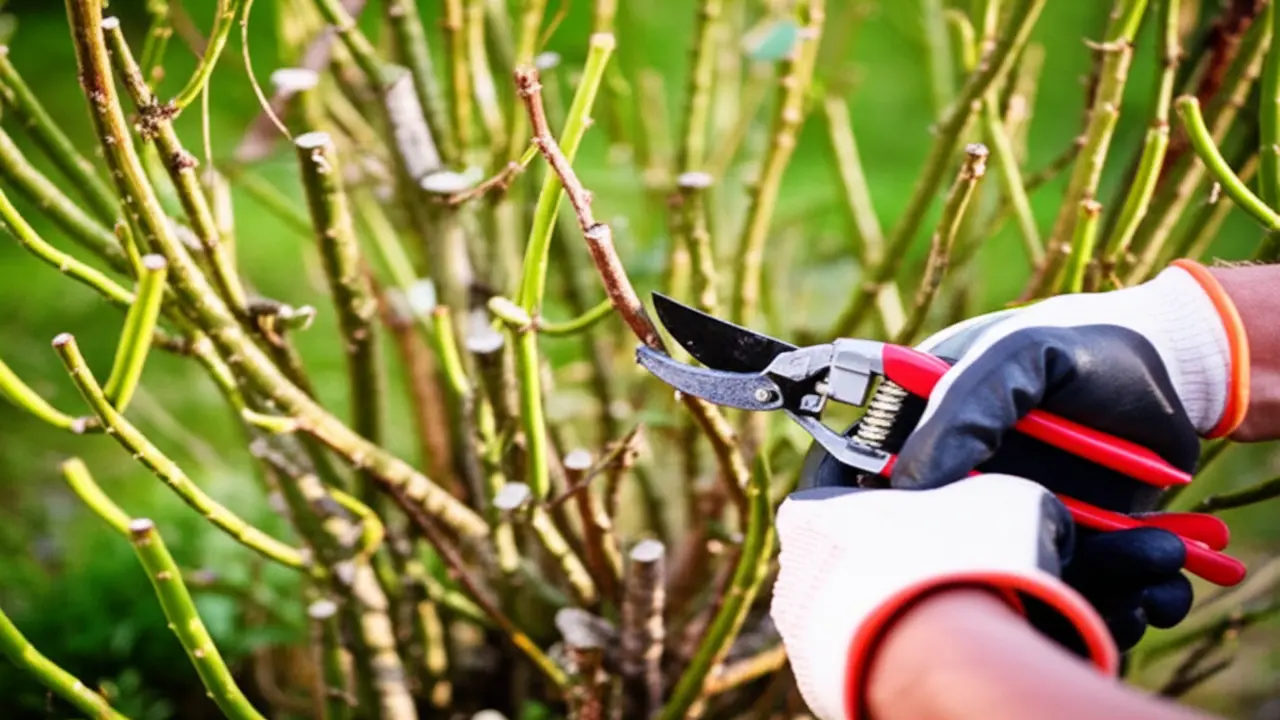
1. The Importance of Pruning Roses
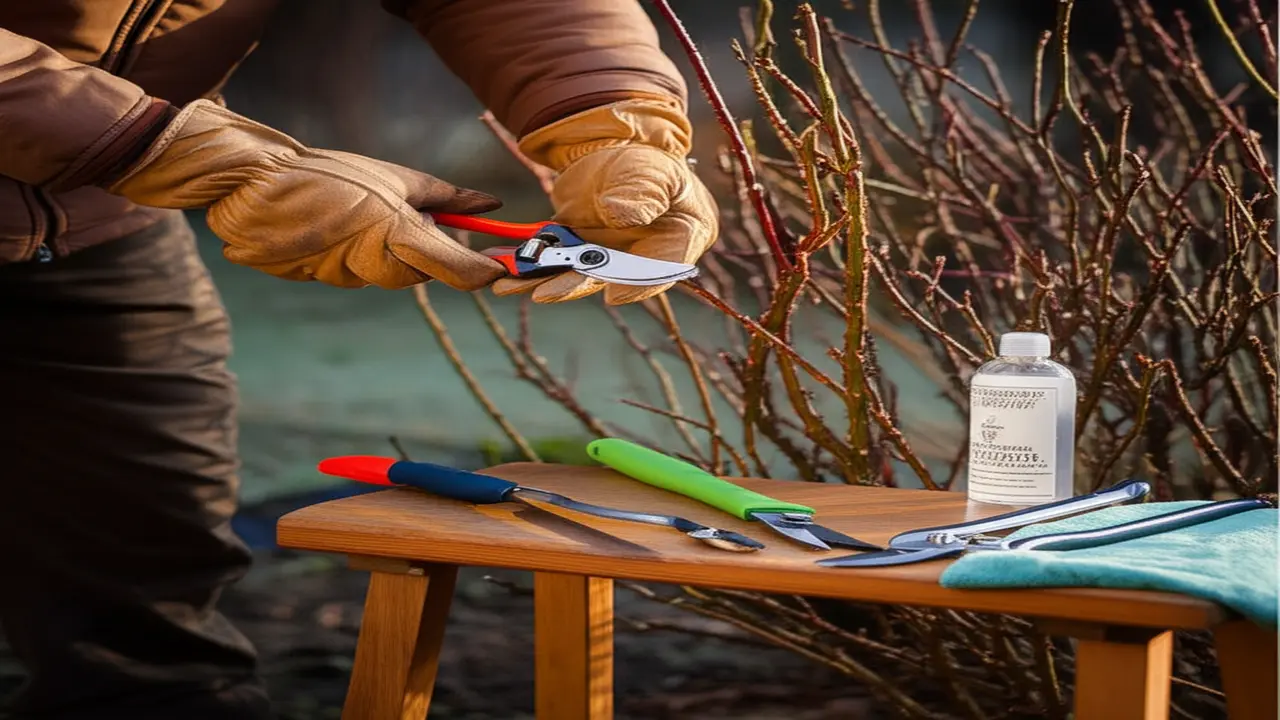
2. When and How to Prepare for Rose Pruning
– Bypass Secateurs: Essential for clean cuts on stems up to 3/4 inch.
– Loppers: Needed for thicker canes that secateurs cannot handle.
– Pruning Saw: The right choice for removing old, woody canes over 1.5 inches in diameter.
Before you start, make sure every tool is sharp and sanitized. A dull blade can crush stems, leaving the plant vulnerable to disease. Learning how to sharpen pruning shears is a key step in mastering rose pruning techniques.
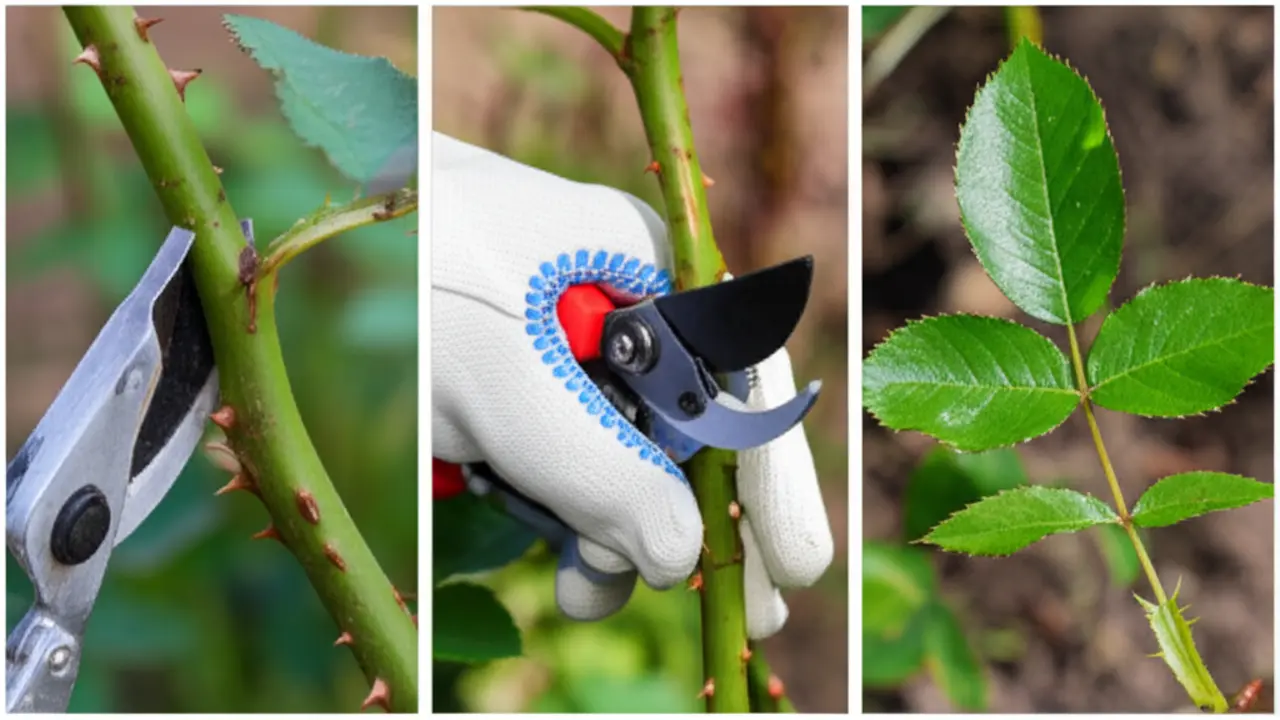
3. Core Rose Pruning Techniques
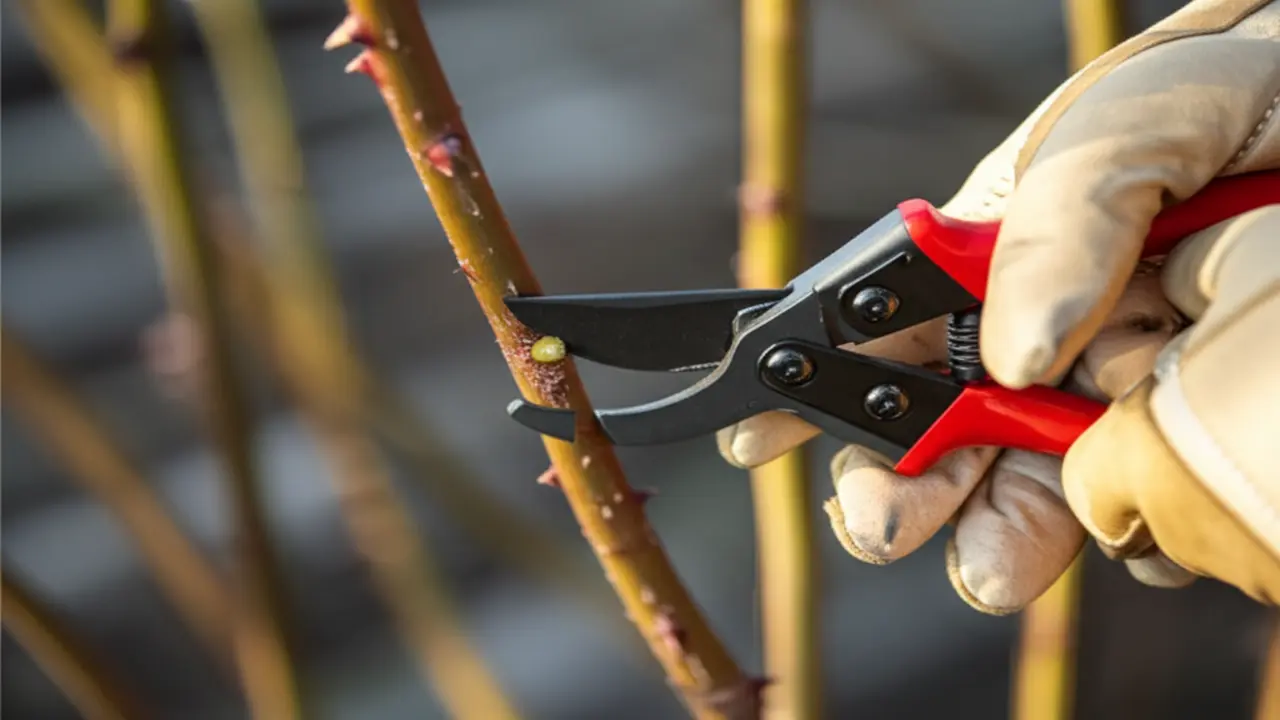
4. Key Tips for Successful Rose Pruning
5. Common Rose Pruning Mistakes to Avoid
– Using Dull or Dirty Tools: This is the most frequent error. Blunt blades crush stems instead of making a clean cut, creating a ragged wound that is slow to heal and becomes an entry point for pests and fungal diseases like canker. Always ensure your shears are sharp. If you notice tearing, it’s a sign you need to learn how to sharpen pruning shears correctly.
– Incorrect Cutting Angle and Placement: Making your cut too far above a bud eye leaves a stub that will die back, inviting rot. Conversely, cutting too close can damage the bud itself. The ideal cut is about 1/4 inch (6mm) above an outward-facing bud, angled at 45 degrees away from it to allow water to run off.
– Pruning at the Wrong Time: Pruning too early in late winter can stimulate tender new growth that gets killed by a late frost. Pruning too late can delay the first flush of blooms. The best time is after the last major frost but before the buds begin to swell and open.
– Over-pruning: While hard pruning is a valid technique for some roses, aggressively cutting back a less vigorous variety or a climbing rose can severely weaken it, resulting in fewer, weaker blooms for the season.
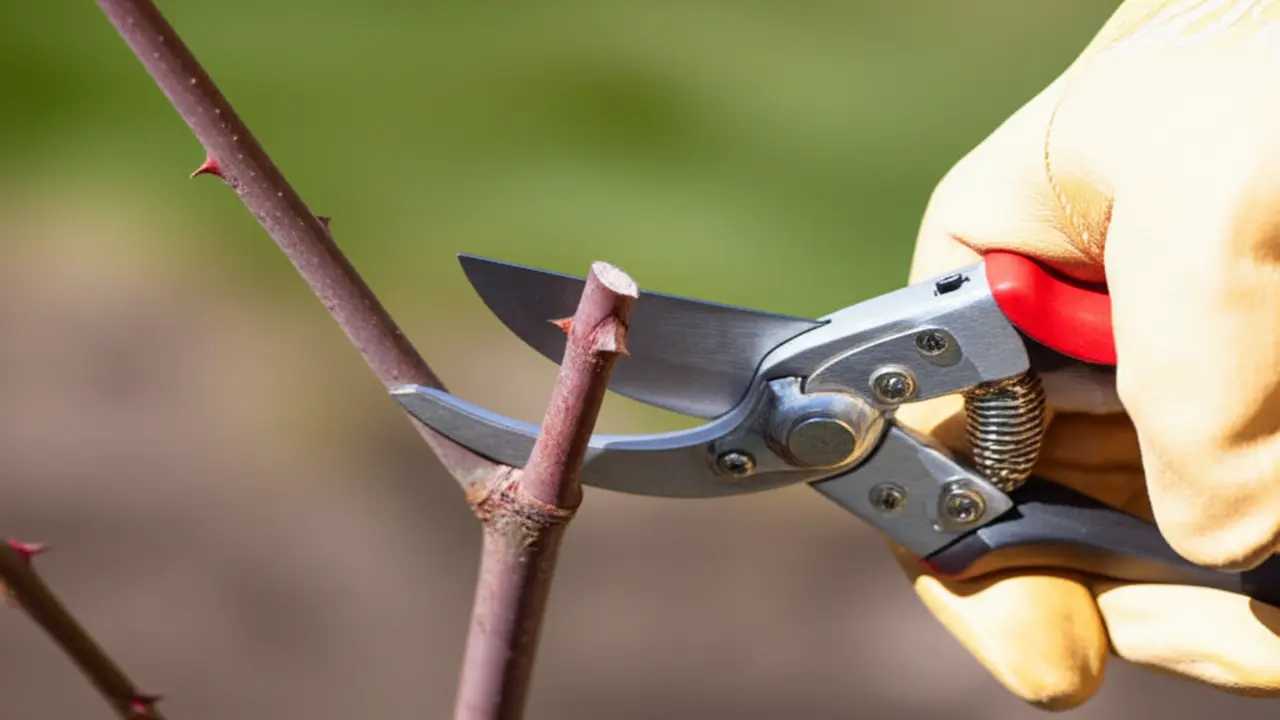
6. Visual Guide: Rose Pruning in Action
7. Post-Pruning Care for Roses
After you have finished pruning, the plant’s recovery and subsequent growth depend on proper aftercare. Your work is not done yet. First, meticulously clean the area around each rose bush. Remove all clipped canes, stems, and fallen leaves from the ground. This simple but crucial step helps prevent the spread of fungal diseases like black spot, which can overwinter on garden debris.
Next, it is time to feed your roses for the 2025 season. Apply a balanced, slow-release granular fertilizer specifically formulated for roses, or work a generous layer of well-rotted compost into the soil surface. You can use one of the best hand cultivators to gently incorporate amendments without damaging the root structure. This initial feeding provides the essential nutrients needed to fuel strong new shoots and abundant flowers. Follow this by applying a 2 to 3-inch layer of organic mulch, like shredded bark, to retain moisture and suppress weeds. Finally, water the plants deeply to settle the soil and ensure the roots are well-hydrated.

